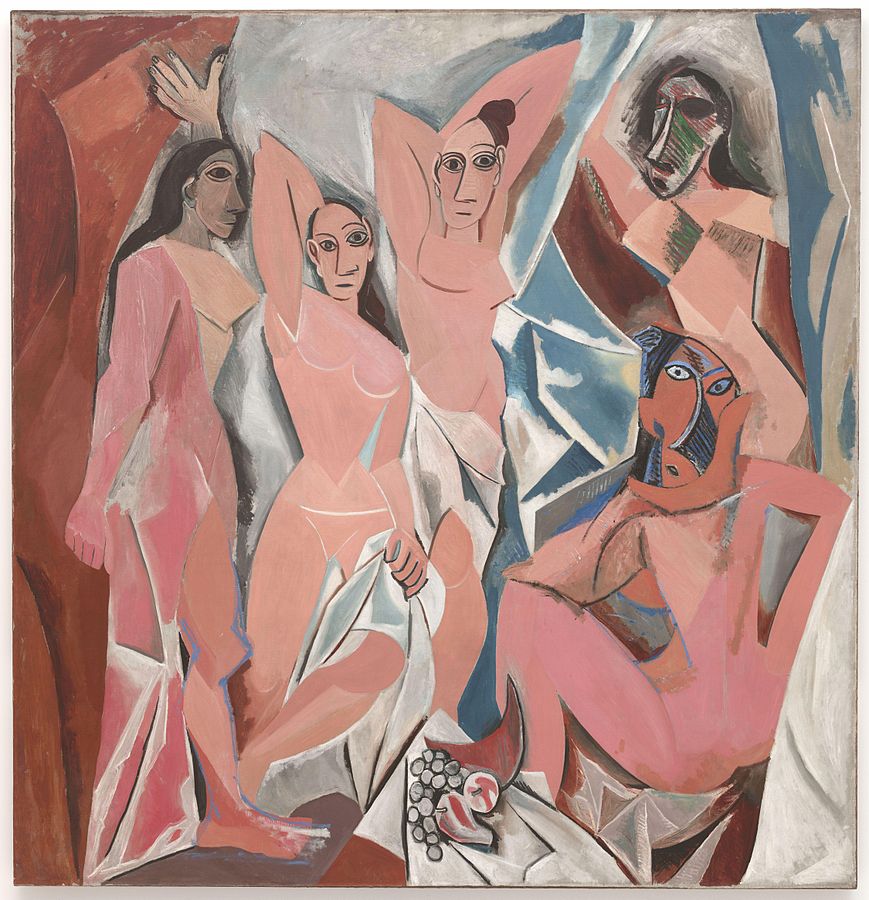Facts About Les Demoiselles d'Avignon
"Les Demoiselles d'Avignon" is a groundbreaking oil painting by the Spanish artist Pablo Picasso, created in 1907. Currently housed in the Museum of Modern Art, it features five nude female prostitutes rendered in a bold and unconventional style. The figures exhibit angular, fragmented forms, reflecting influences from Egyptian, Iberian, and African art. This painting marked a significant departure from traditional European art, setting the stage for the proto-Cubist movement and profoundly impacting the direction of modern art.
When "Les Demoiselles d'Avignon" was first unveiled, it sparked considerable controversy and elicited mixed reactions, even among Picasso's fellow artists. Its daring approach and raw depiction of the human form left a lasting impression on artists like Henri Matisse and Georges Braque. Initially deemed immoral, the painting was first exhibited in 1916, and has since been recognized as a seminal work in the art world.
Picasso's artistic journey leading up to this masterpiece is fascinating. He drew inspiration from diverse sources, including African tribal masks, Iberian sculptures, and the works of artists such as El Greco, Paul Cézanne, and Paul Gauguin. The painting’s themes, styles, and provocative nature have been extensively analyzed and interpreted by art critics and historians.
The impact and legacy of "Les Demoiselles d'Avignon" are immense. It is considered one of the most influential works of the 20th century, celebrated for its innovative approach to form, sexuality, and artistic expression. Detailed studies of the painting reveal the techniques and pigments Picasso used, providing deeper insight into his creative process.
Beyond the art world, "Les Demoiselles d'Avignon" has permeated popular culture, appearing in television series and continuing to captivate audiences with its artistic brilliance and historical significance.

 Mexico
Mexico